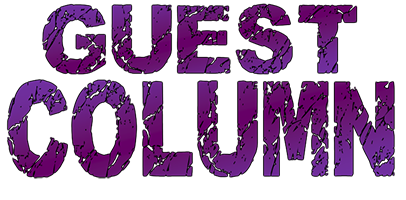By Harry Hood

In Viet Nam I was in a battalion recognizance platoon. I had no rank. I was not even a squad leader, as I remember. Thus, I really had very little or no knowledge of where and what the platoon was doing, where were we going, what area were we to work in, how long would we be out in the boonies or how long before we caught a break and stood down. One of our maneuvers took place in early May 1969.
I arrived in country April 6, so I had not been there long. We were loaded on big trucks and carried through the city of Hue to a spot on the north side of Hue. I always thought the Army had planned a large ambush to include two battalions of men. I always thought it was one of the dumbest maneuvers of the war. You are not going to surprise anyone secretly with 2,000 men.
This was 50 years ago. It is possible it happened a little differently from what I remembered. I had the opportunity in August 2017 to spend a weekend with one of the guys who was with me in Viet Nam. Sgt. Tim Hauert and I reviewed my pictures and his pictures and he told me what that maneuver was. It was the assembling of forces to make a strike on Hamburger Hill in the A Shau Valley. My battalion and my platoon were scheduled to be included in that maneuver.
At the last minute, they pulled us out and held us in reserve. I have always said I was very lucky in Viet Nam. This was probably my luckiest moment. I am writing this in the hope that other [VFW] members will share some of their interesting stories.
Hamburger Hill
The battle on Hamburger Hill occurred in May 1969, during Operation Apache Snow, the second part of a three-phased campaign intended to destroy North Vietnam Army (NVA) Base Areas in the remote A Shau Valley. This campaign was a series of operations intended to neutralize the A Shau, which had been an infiltration route into South Vietnam prior to 1966, when the North Vietnamese seized the Special Forces camp in the valley during the Battle of A Shau and established a permanent presence. Subsequent U.S. efforts to clear the valley had been consistently unsuccessful. Lieutenant General Richard G. Stilwell, commander of XXIV Corps, amassed the equivalent of two divisions, and substantial artillery and air support, to accomplish the task. The North Vietnamese had moved their 6th, 9th, and 29th Regiments into the area to recover from losses sustained during a previous U.S. Marine operation (Operation Dewey
U.S. losses during the ten-day battle totaled 72 KIA and 372 WIA. To take the position, the 101st Airborne Division eventually committed five infantry battalions and ten batteries of artillery. In addition, the U.S. Air Force flew 272 missions and expended more than 500 tons of ordnance.
U.S. estimates of the losses incurred by the 7th and 8th Battalions of the 29th NVA Regiment included 630 dead (discovered on and around the battlefield); including many found in makeshift mortuaries within the tunnel complex. Yet no one could count the NVA running off the mountain, those killed by artillery and air strikes, the wounded and dead carried into Laos or the dead buried in collapsed bunkers and tunnels.[3] During the ten-day battle, U.S. forces captured 89 individual weapons and 22 crew‑served weapons.[1]
Major General John M. Wright quietly abandoned the hill on June 5. The debate over Hamburger Hill reached the United States Congress, with particularly severe criticism of military leadership by Senators Edward Kennedy, George McGovern, and Stephen M. Young. In its June 27 issue, Life Magazine published the photographs of 241 Americans killed in one week in Vietnam; this is now considered a watershed event of negative public opinion toward the Vietnam War. While only five of the 241 featured photos were of those killed in the battle, many Americans had the perception that all of the photos featured in the magazine were casualties of the battle.
The controversy of the conduct of the Battle of Hamburger Hill led to a reappraisal of U.S. strategy in South Vietnam. As a direct result, to hold down casualties, General Abrams discontinued a policy of “maximum pressure” against the North Vietnamese to one of “protective reaction” for troops threatened with combat action, while simultaneously President Richard Nixon announced the first troop withdrawal from South Vietnam.

